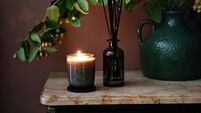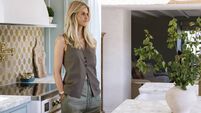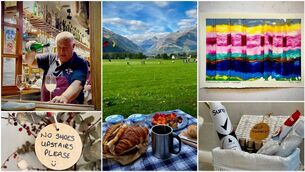Big dreams for tiny houses: The Irish designers making small spaces work

Emma O’Hagan and Kevin O’Reilly with their shih-tzu Charlie.
The tiny-home movement is gaining serious traction in Ireland. Of course, the rocketing cost of living is preventing many from being able to afford a house large enough for their needs, but for others, there is an ambition to reduce their environmental impact and a desire to simplify their lifestyle. And with proposed changes to planning laws that could soon allow larger, liveable cabins in back gardens without planning permission, the appeal is only growing.
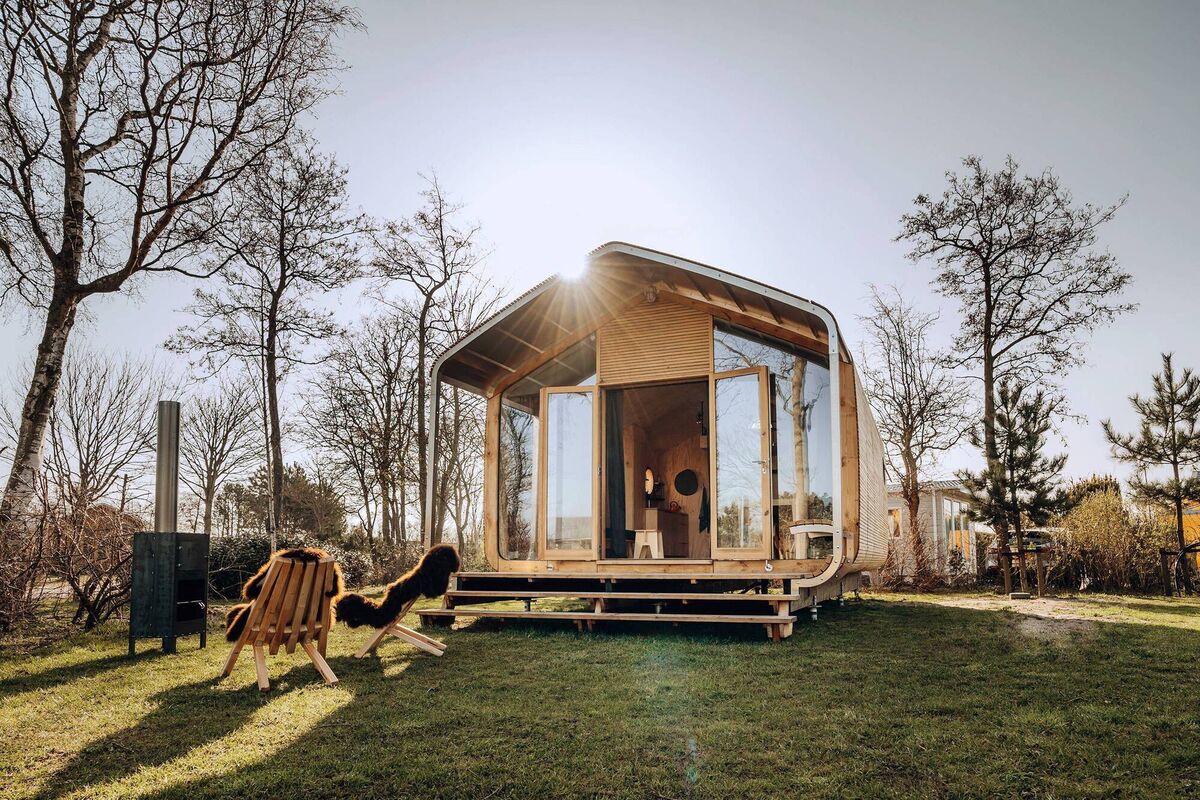
At present, Irish homeowners can build a cabin or garden room of up to 25 square metres without planning permission — as long as it’s not habitable. But that could soon change. The Government is currently exploring new planning exemptions that would make it easier to install freestanding modular or cabin-style homes, designed for full-time living. If approved, these changes could unlock tens of thousands of potential new dwellings in gardens across the country.
Whether you think this plan will be a game-changer for affordable housing, or a stopgap that only deflects from the wider issues of infrastructure and supply, the result is the same — tiny homes are becoming a big part of the conversation around housing in Ireland.
Here we explore three different approaches to tiny-home living: living off-grid in a readymade pod, building your own from scratch, and looking abroad to cutting-edge European design.
That journey led them to a field on Emma’s family’s land in Co Leitrim, where they now live off-grid (with their shih tzu Charlie) in a purpose-built 25 square metre tiny home they bought online from Irish company The Mobile Pods (Themobilepods.ie).
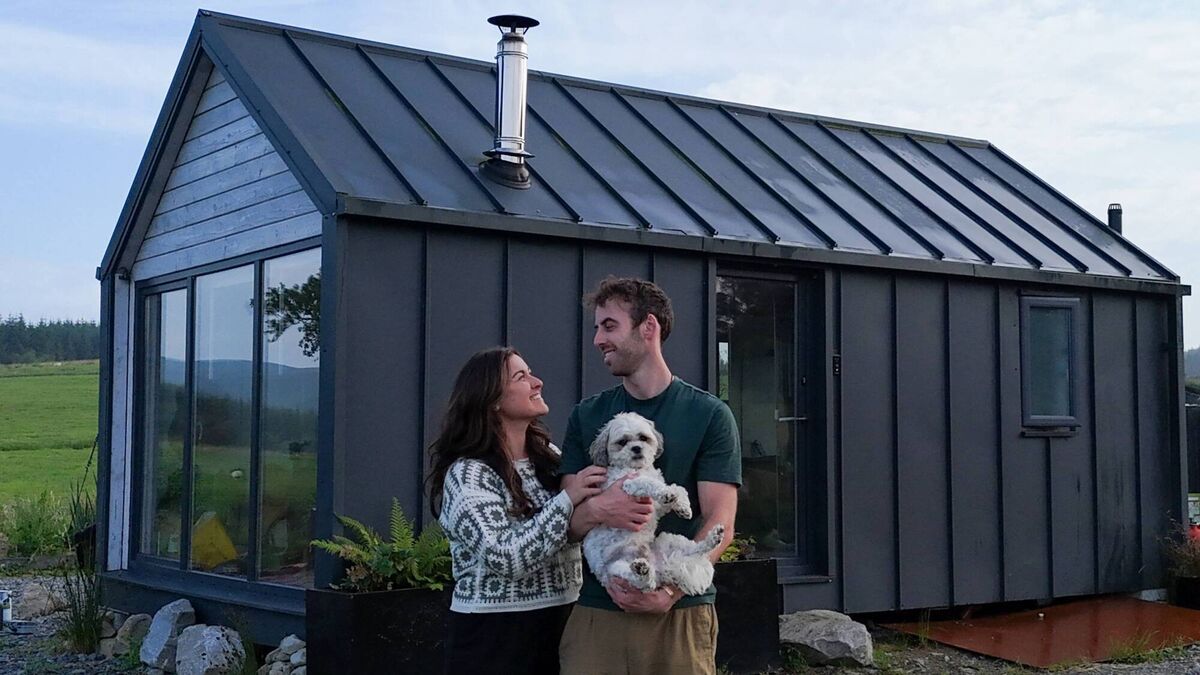
Emma says: “Living off-grid was partly born out of necessity in that our site had no power or water going to it. Getting that power there would have been expensive, requiring power lines, which are charged at a couple of grand per post.
“We’re also quite sustainable — we’re very conscious of our footprint.”
They had two years of off-grid living in a campervan under their belts, so Emma and Kevin felt they had the understanding and experience to make it work.
It wasn’t easy — only one company felt up to taking on the challenge. Euromotive in Leitrim installed solar panels and batteries for their tiny home. “Solar has been working out well for us with the batteries,” says Emma. “We did buy a diesel heater to keep us going through the winter, which we’d run for 20 minutes in the mornings to top up the batteries, but we have not turned that on since February.”
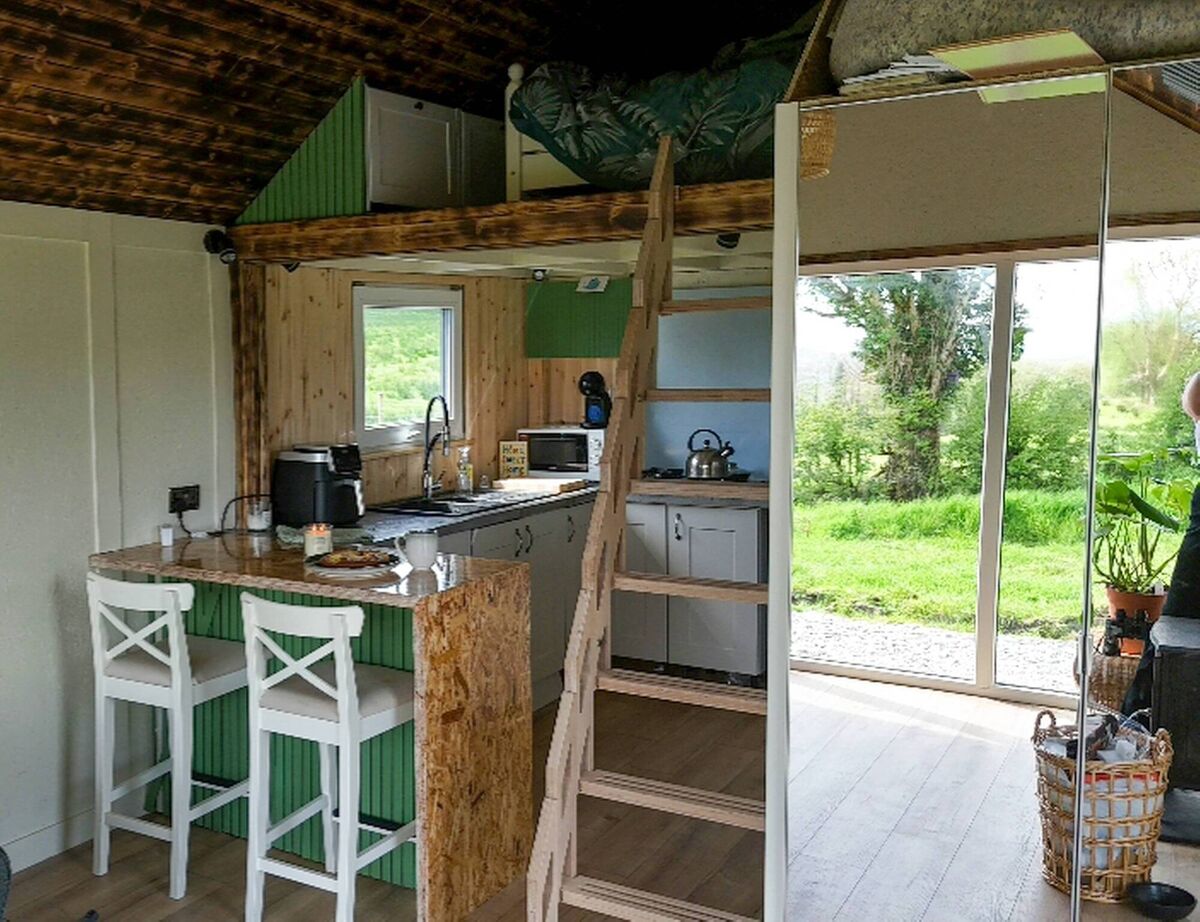
Being low on energy and waste is a key benefit of tiny-home living. You could say the downside is a shortage of space and storage — but that really depends on your perspective.
Emma and Kevin are avid outdoors people, and with so much beauty surrounding them in Leitrim, they rarely feel the squeeze of their tiny home. “We don’t really find ourselves sitting in the house too often at all — it’s actually weird if we are!” says Emma, who also hosts outdoor adventure groups.
To keep costs and impact low, Emma and Kevin took on a lot of DIY projects and sourced as many second-hand materials as possible.
Their flooring, which they installed themselves, came from Facebook Marketplace. They also leveraged clever space-saving designs, including a foldaway staircase and drawers behind their kitchen kickboards. “The key is to multipurpose as many items as you can,” says Emma.
- Follow more of Emma and Kevin’s off-grid tiny-home living and adventuring at @emmas_footprints on Instagram
Common Knowledge, a non-profit organisation based in Ennistymon in Co Clare, runs a five-day build course that teaches students the skills they need to build anything from a small extension to a two-storey house.
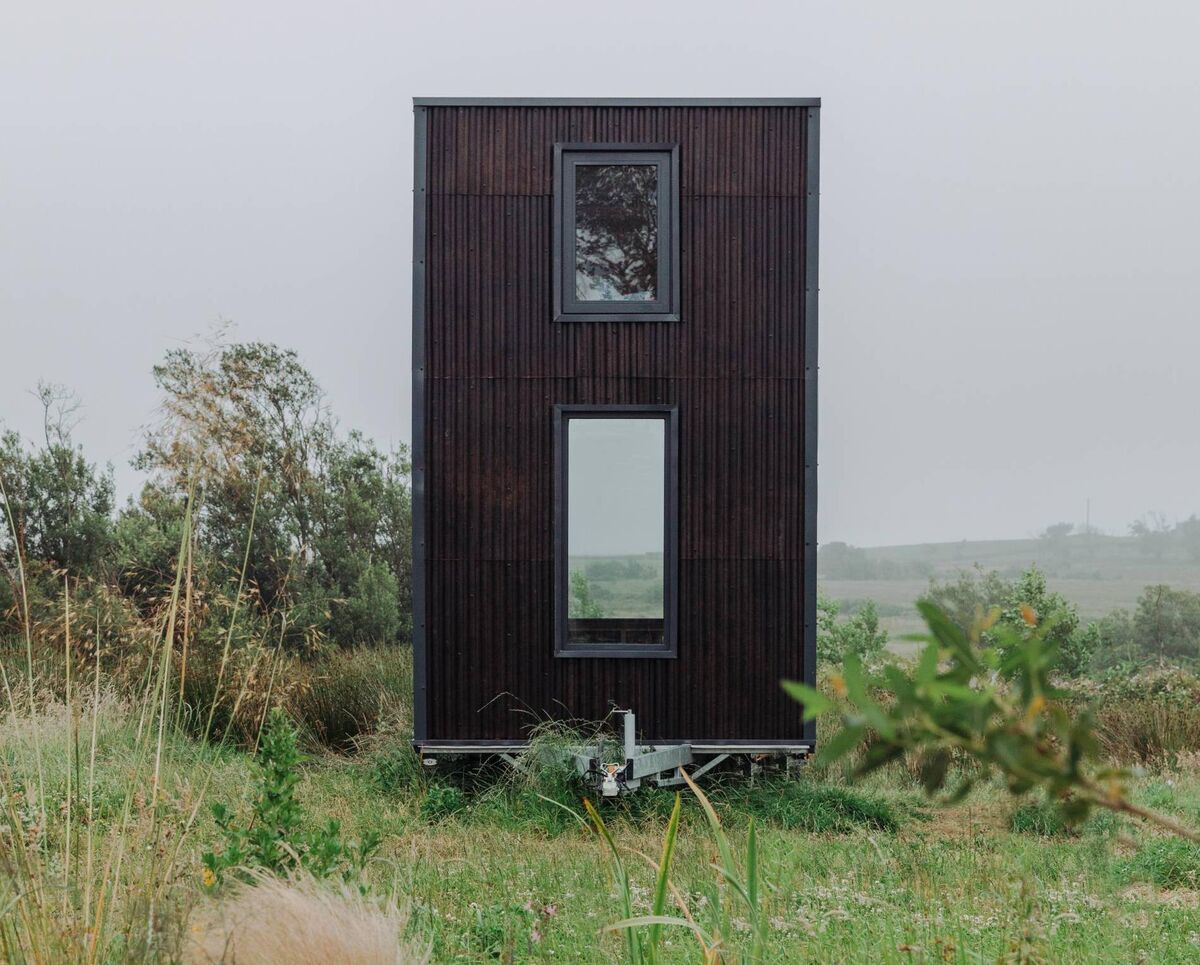
It also designed and released — for free — the Tigín toolkit comprising plans, drawings, instructions, materials, tools, and tips required to build your own sustainable tiny home. It isn’t just a set of plans — it’s a full support system, says Cian Corcoran, one of the main designers of the Tigín.
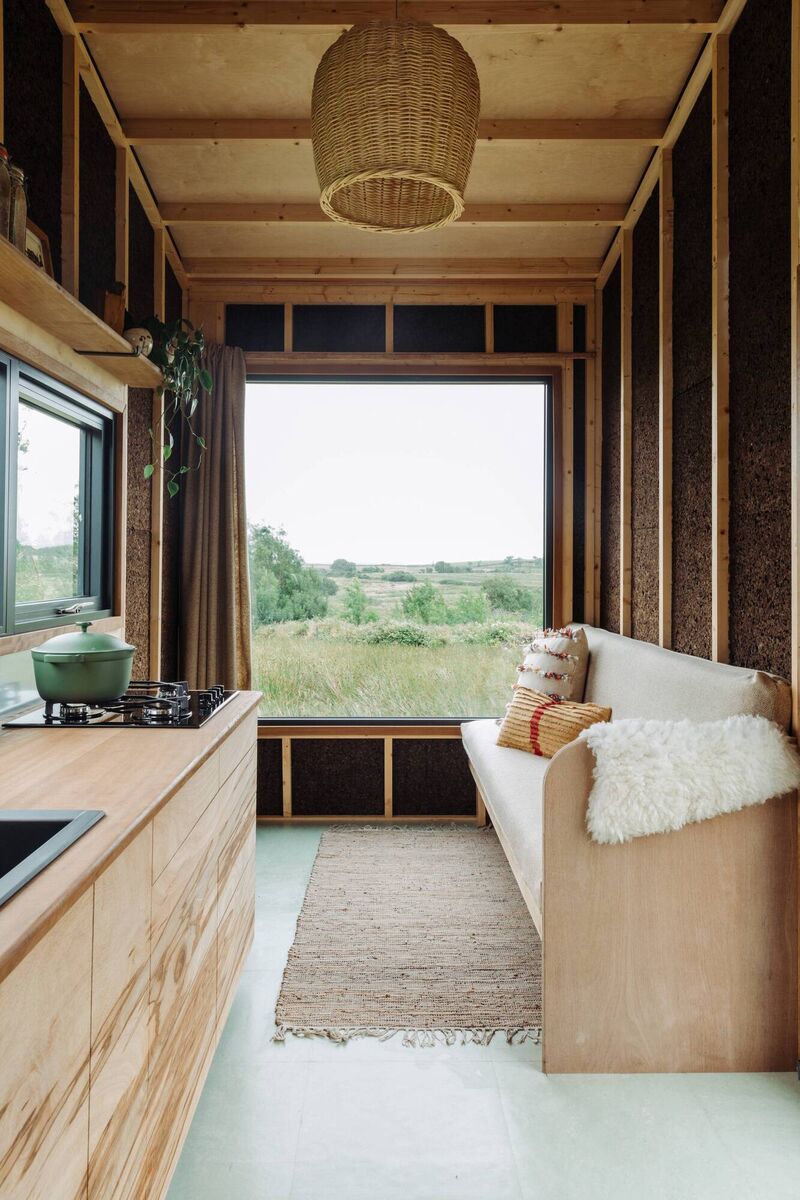
Participants who take part in the hands-on courses at Common Knowledge learn everything from timber framing to insulation, roofing, interior finishing, and project management. “People who come with no knowledge leave with almost full confidence in their ability to carry out a build. I believe there is an innate ability in most people — they just need to be shown how,” says Cian.
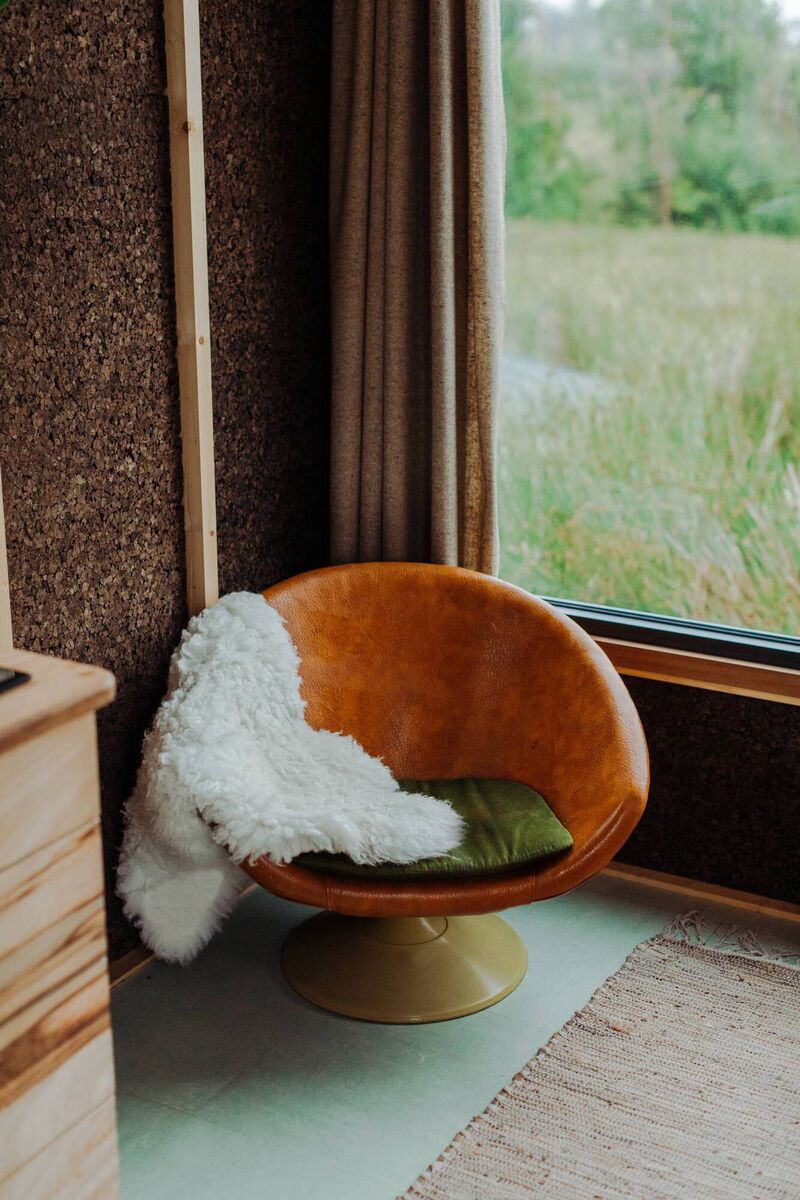
- Check out Ourcommonknowledge.org for more details and to download a Tigín toolkit
Designed and built in the Netherlands, the Wikkelhouse is made from 60% wood and wrapped in 24 layers of corrugated cardboard — yes, cardboard — sealed with glue, insulated with flax, wrapped in a breathable weatherproof foil (similar to Gore-Tex), and finished with a timber cladding.
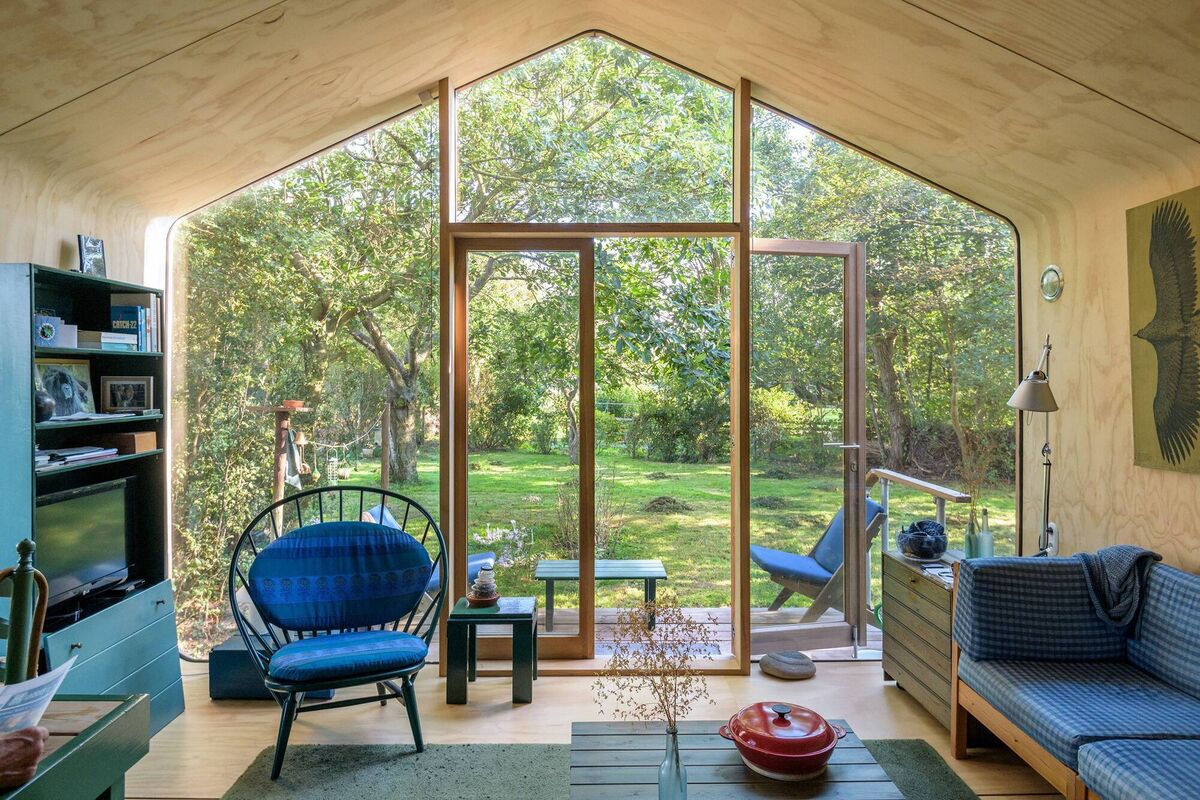
The breathable foil wrapping and the home’s elevation on a chassis allow for constant airflow and drying, meaning it will survive even the wet Irish climate.
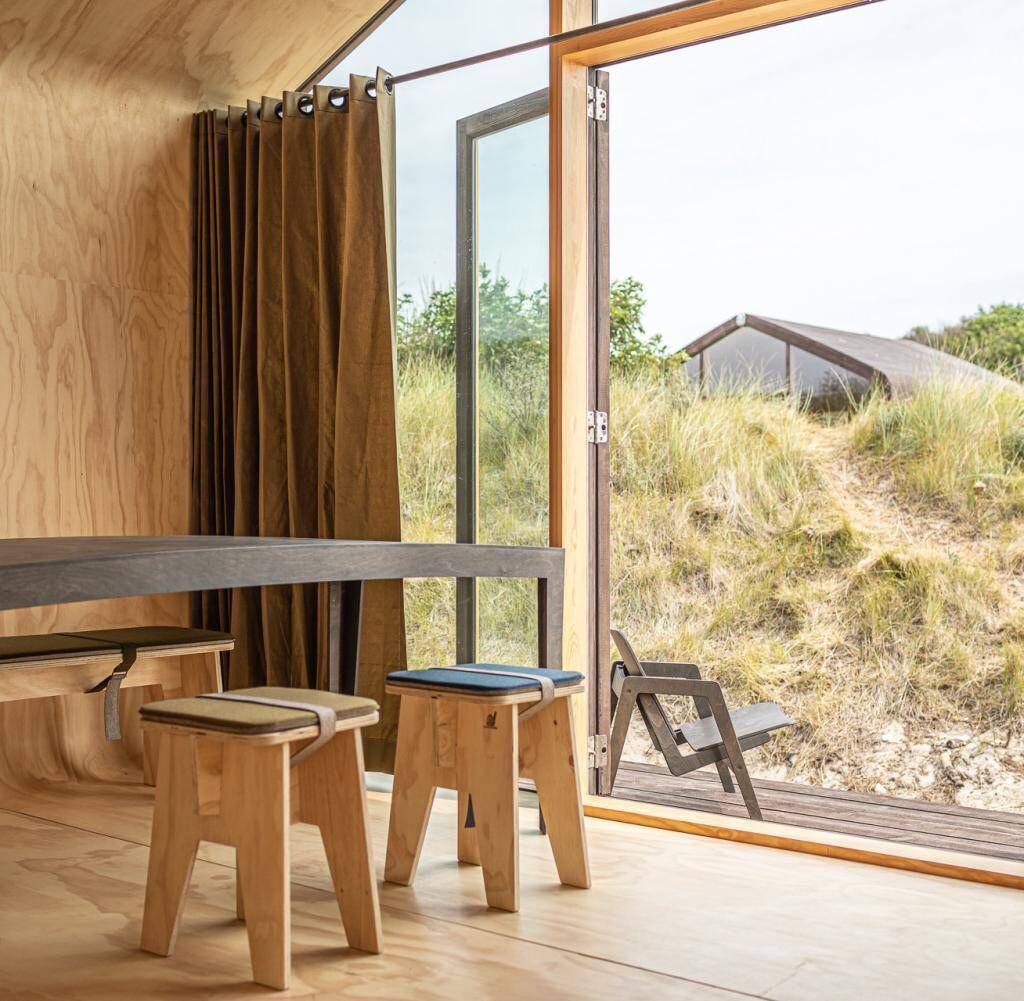
This unusual material choice took years of development by the committed Wikkelhouse team.
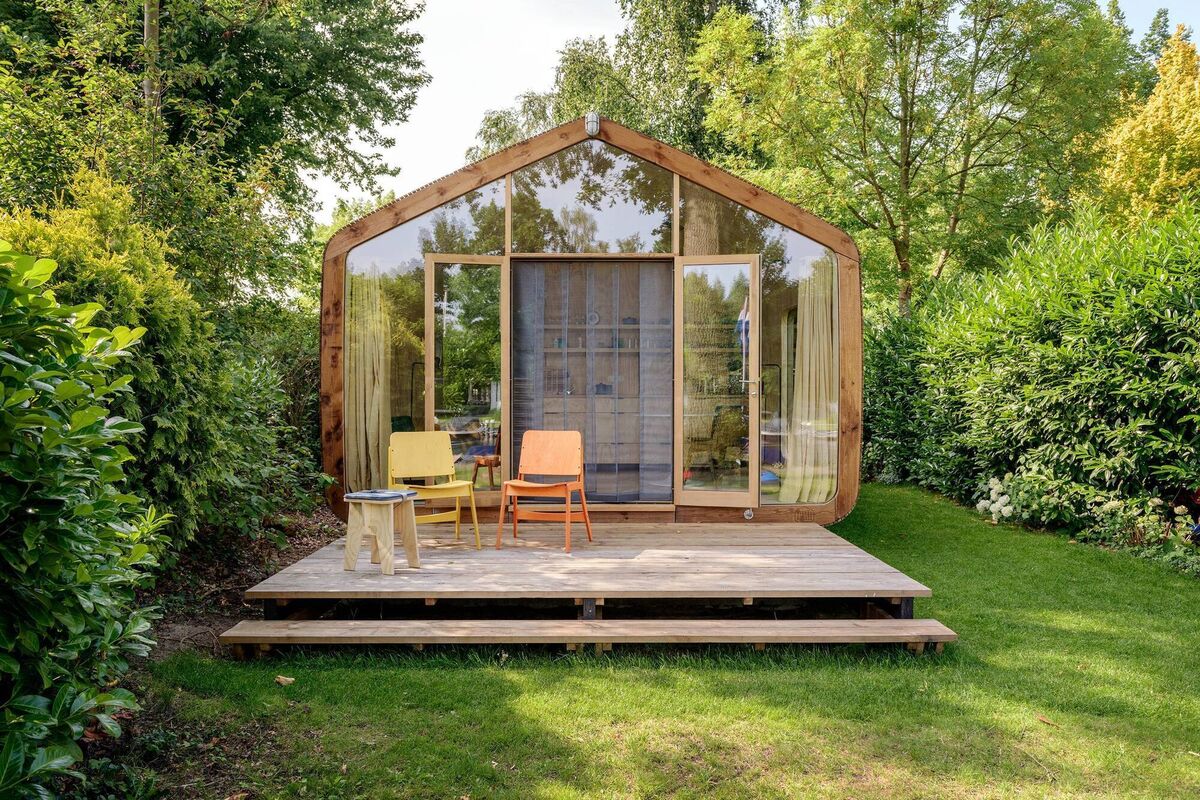
But can people really live in them full-time? “They do,” confirms Dorus. “Some local regulations can be tricky with requirements around U-values and natural material insulation — but there are ways around it.”
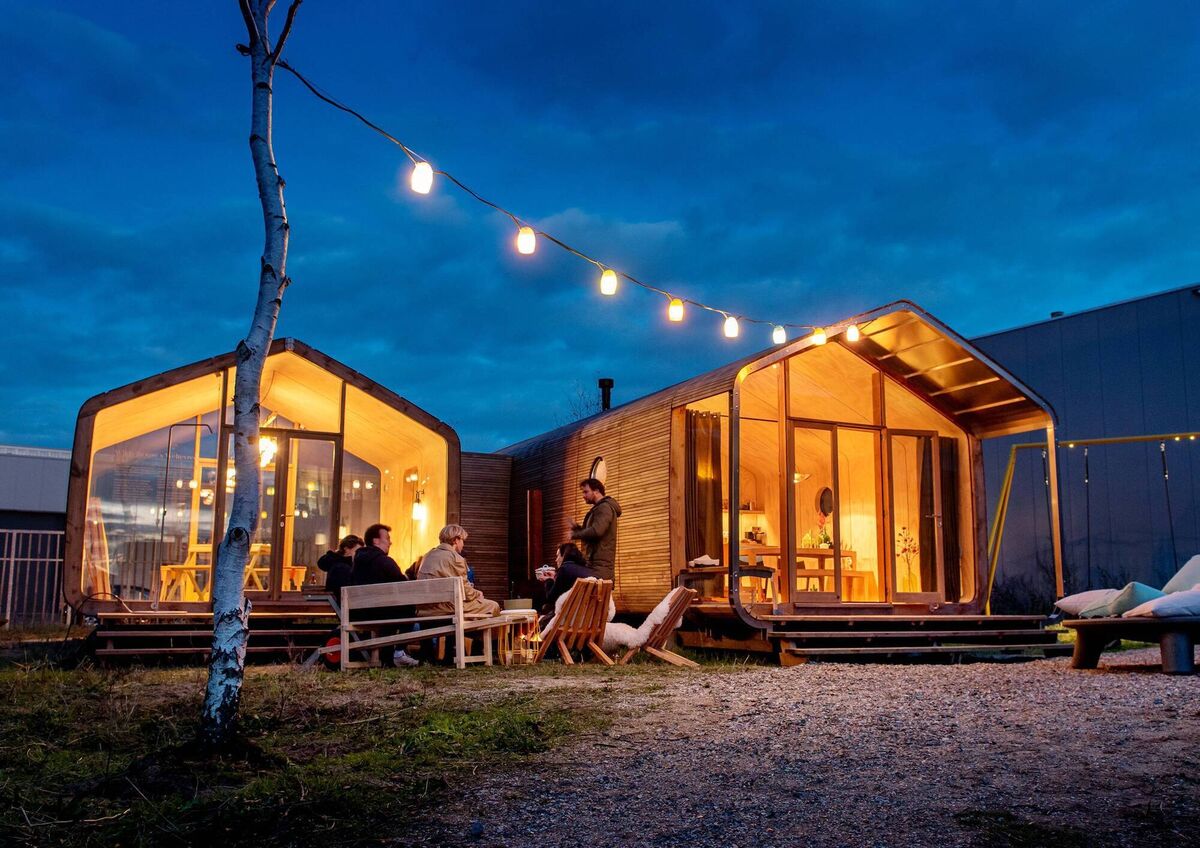
- See Wikkelhouse.com.




